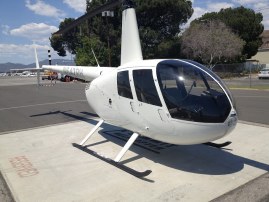Hillerhelicopter.com
Contact Mark@t2k.com (818) 557 0903 - Towards 2000 Inc - T2K
Hiller helicopters for sale! The safest helicopters ever built!
1955 Hiller UH12B Helicopter
H 23 Raven
Now Only $69,950!!! - SOLD!!
.
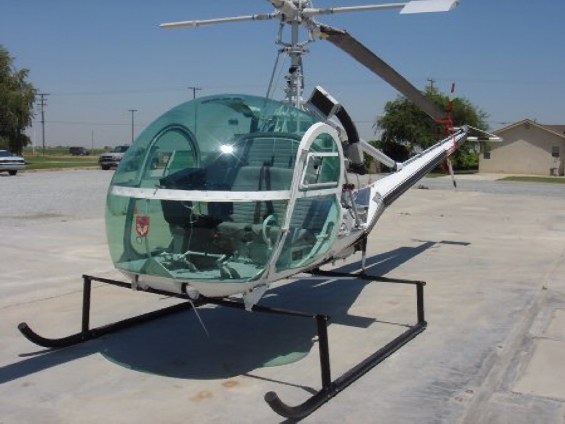
Skids up restoration - 3 seat Helicopter.
This Hiller is probably the easiest helicopter to fly and was used extensively as a trainer.
This beautiful ship is available for training, tours or photoflights.
Call Americopter at (818) 557 0903
SOLD
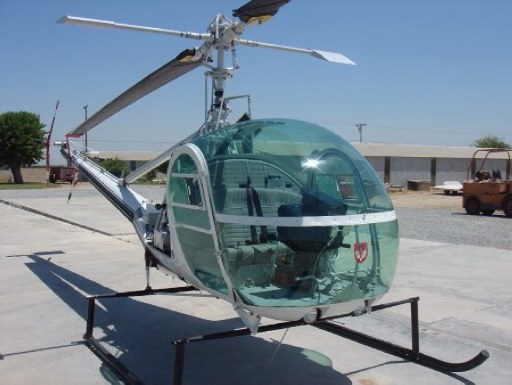 |
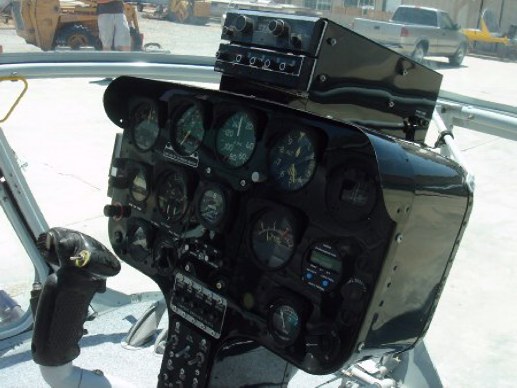 |
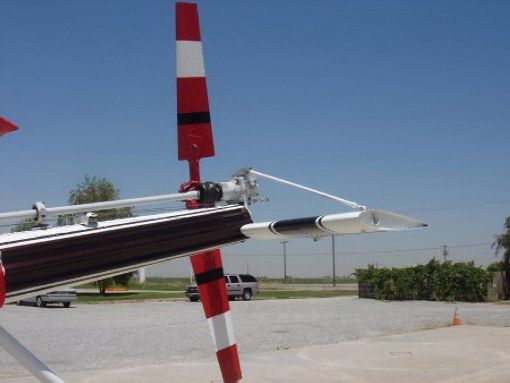 |
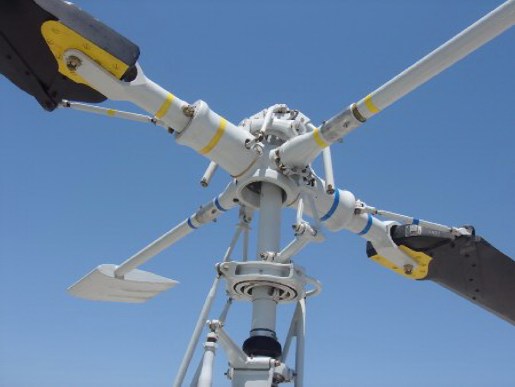 |
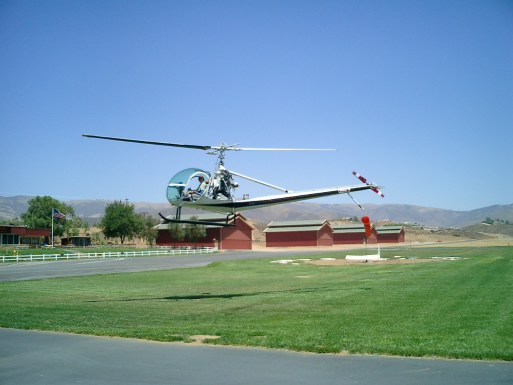 |
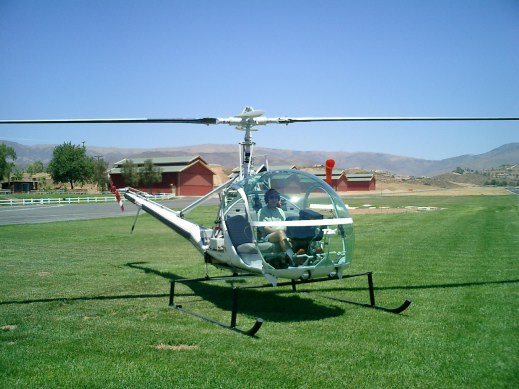 |
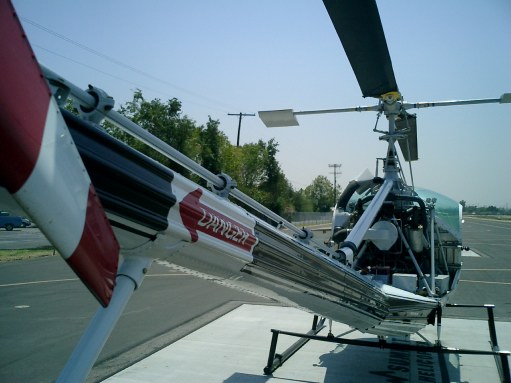 |
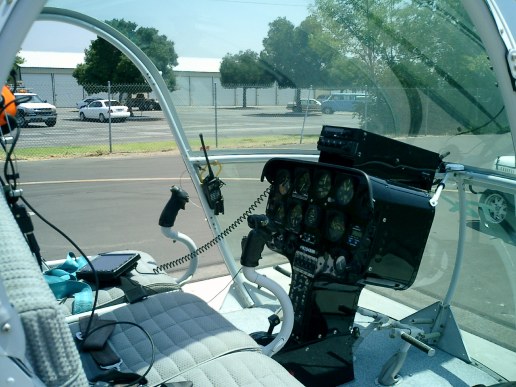 |
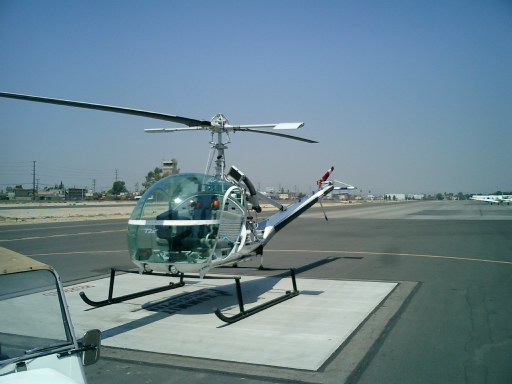 |
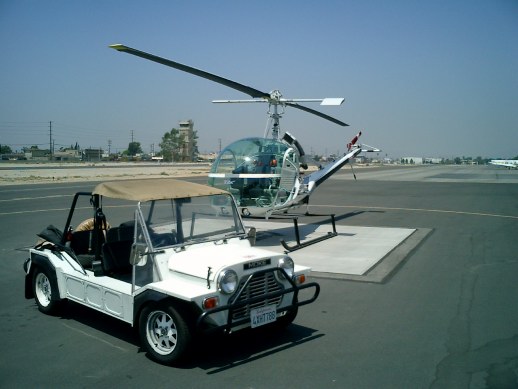 |
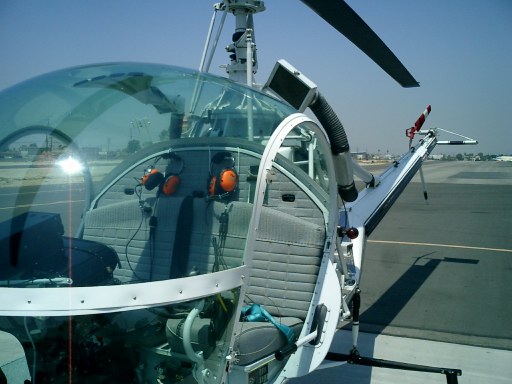 |
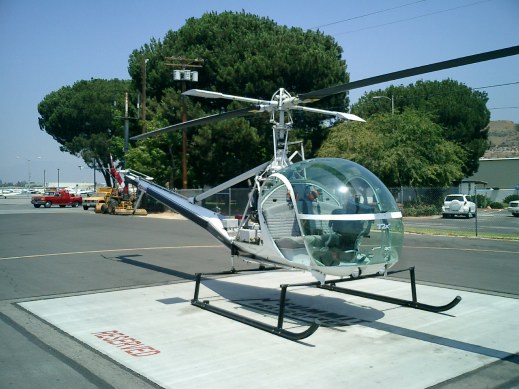 |
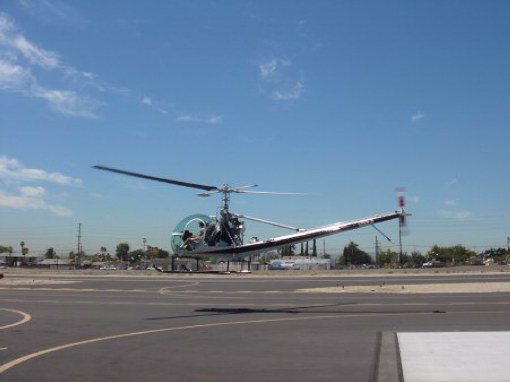 |
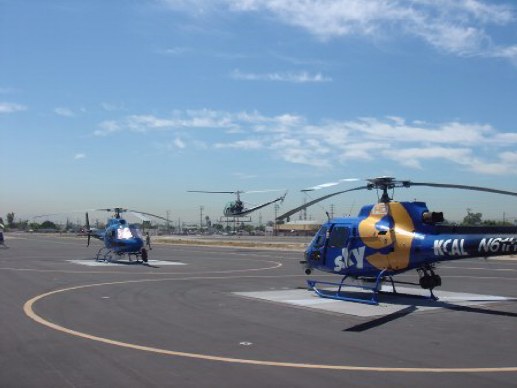 |
SOLD
| The Hiller UH-12, derived from the Model 360 two-seater of 1948 with a 180hp Franklin engine, occupies an important place in the history of the American helicopter industry in the fifties. Stanley Hiller Jr., who built the aircraft, was something of a whiz kid, in that he designed and built his first helicopter, the XH-44, in 1944 at the age of only 18. It was the first efficient American helicopter with coaxial, contra-rotating rotors. The later Hiller 360 leapt to fame in the summer of 1949 when it made the first transcontinental commercial flight. With an uprated engine and new UH-12A rotor blades, it was purchased by the US Army and Navy for battlefield evacuation and observation tasks, with the designation H-23 Raven, whilst the Navy ordered the same basic model as the HTE-1 for training. Its successor, the H-23B, powered by a 200-210hp Franklin engine, was the first version used by the US Army as a trainer. A considerable number were built: 216 were assigned to the Primary Flying School at Fort Walters and another 237 were used for various tasks. The UH-12B normally had skid or flotation gear, but a wheeled undercarriage was fitted to a batch ordered by the US Navy (the HTE-2). In 1955 a new variant, the UH-12C, appeared. It retained the 200hp Franklin engine, but had all-metal rotor blades and a "goldfish bowl" cockpit canopy. From 1956, 145 were delivered to the US Army as the H-23C. A purely military version, the OH-12D, flew on 3 April 1956 and 483 went to the US Army. The Franklin engine had been replaced by the more powerful 320hp Lycoming VO-540, and the transmission had also been changed to increase the service life of the helicopter. The commonest version of this sturdy little helicopter was the UH-12E which had a more powerful engine. The US Army replaced nearly all the OH-23Ds by Hiller 12Es, designated OH-23G. In 1960 the Model E4 was developed from the Hiller 12E, with a longer cabin to seat four and an anhedral stabilizer on the tail boom. Twenty-two of these were acquired by the US Army as the OH-23F, for geodetic research. The last civil variant, which appeared in 1963, was the Hiller 12L-4 which was also used as a test-bed for a PT6 turbine, but the project was taken no further. Total sales of the Hiller 12E family exceeded 2000; more than 300 were exported. Operators of the Hiller included Argentina, Canada, Chile, Colombia, Great Britain, Guatemala, Japan, Morocco, Mexico, the Netherlands, Peru and Uruguay.
G.Apostolo "The Illustrated Encyclopedia of Helicopters", 1984
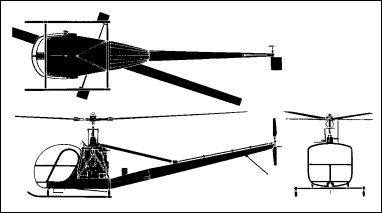 Hiller Helicopters Inc. was formed in 1942 for the development and production of rotary-wing aircraft. Early work on the Hiller Model XH-44, UH-4 Commuter and the UH-5, which introduced a newly-developed 'Rotor-Matic' rotor control system, led to the Hiller Model 360 prototype. The company's first production helicopter followed and this, known as the Hiller UH-12 as Hiller had become part of United Helicopters, was of simple construction, incorporating a two-bladed main rotor and a two-bladed tail rotor on an upswept boom. The design was highly successful, being built extensively in two- and three-seat configurations for both civil and military use, and an early Model 12 was the first commercial helicopter to record a transcontinental flight across the United States. More than 2,000 were built before production ended in 1965, some 300 of this total being exported, and throughout this period the power and capability of the helicopter was steadily improved. The commercial UH-12A to UH-12D became the OH-23A to OH-23D Raven respectively for service with the US Army, and the US Navy acquired UH-12As as HTE-1 and HTE-2. The UH-12E was basically a three-seat dual control version of the OH-23D and was built also as the military OH-23G. A lengthened-fuselage four-seat civil UH-12E4 was produced as the military OH-23F, and late civil versions with uprated powerplant included the UH-12E variants suffixed L3, L4, SL3 and SL4. OH-23s were exported to Argentina, Bolivia, Colombia, Chile, Cuba, Dominica, Guatemala, Guyana, Mexico, Morocco, the Netherlands, Paraguay, Switzerland, Thailand and Uruguay. The Canadian army acquired OH-23Gs which it operated with the designation CH-112 Nomad, and the Royal Navy used a number of ex-US Navy HTE-2s under the designation Hiller HT.Mk 2. At the height of UH-12/OH-23 production Hiller was taken over by the Fairchild Corporation, but in 1973 a new company, Hiller Aviation, acquired design rights and production tooling for the UH-12E, and for some years provided support for the world-wide fleet of UH-12 variants. In April 1984 Hiller became a subsidiary of Rogerson Aircraft of Port Angeles, Washington. Renamed Hiller Helicopters and later Rogerson Helicopters, the company, now known as Rogerson Hiller, relaunched the piston-engined UH-12E in 1991 as the Hauler, and a number have been exported. The company is also proposing the Allison turbine-powered UH-12ET development for the US Army's NHT (New Training Helicopter) requirement.
D.Donald "The Complete Encyclopedia of World Aircraft", 1997
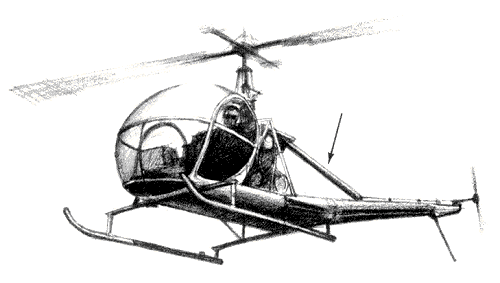 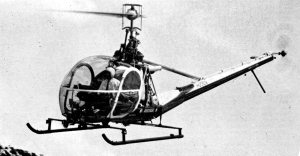 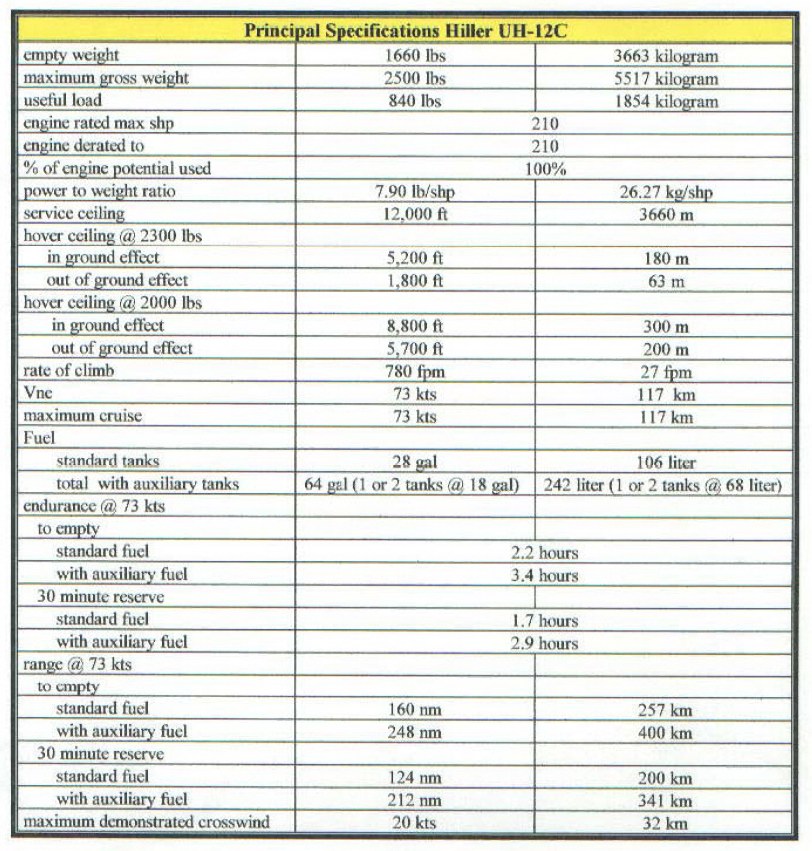
Fairchild-Hiller FH-1100 - SOLD
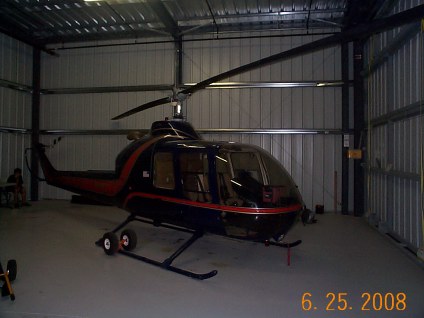 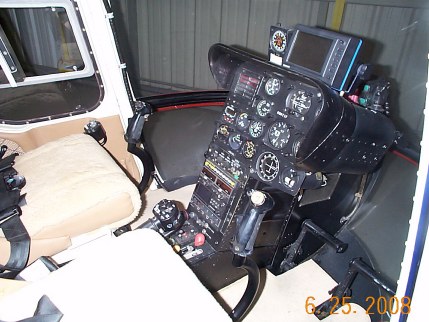 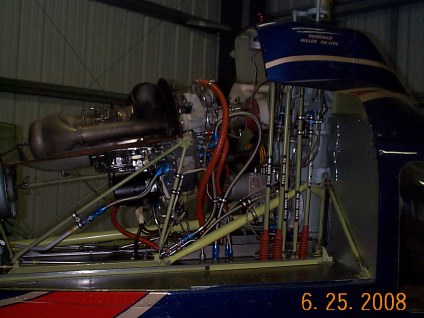 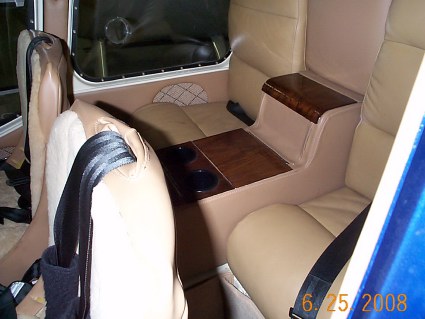 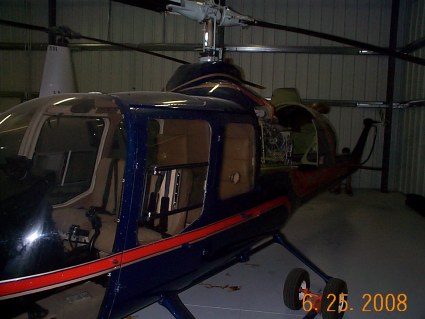
Fairchild-Hiller FH-1100
Hiller Fairchild - this is another museum piece! Plenty of time left on the engine for years of fun with this baby!
Lovingly maintained and restored. Very unique turbine, 4/5 seat helicopter!
SOLD
FH1100 FOR SALE. Excellent condition. New stunning metallic blue paint with brilliant red stripes with new tan leather interior. Aircraft has a fresh annual and 100-hr inspection, both airframe and engine. This classic helicopter is a jewel for the beginner or the collector with a Rolls Royce turbine engine installed. Dual controls, excellent turbine transition helicopter. Has full avionics package for Part 135 Operations, including GPS. Airframe component times are attractive. All parts and accessories for engine and airframe still available and manufactured. This heli was engineered and manufactured by the joint effort of the Hiller and Fairchild Corporations, pioneers in the aviation industry
Times sheet available
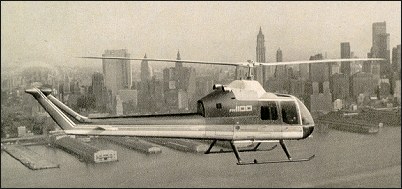 In May 1961 the Hiller Model 1100 was one of three designs selected by the U.S. Army for prototype evaluation in response to its LOH (Light Observation Helicopter) competition announced two years previously. Five HO-5 prototypes (later redesignated OH-5A) were ordered and detailed design work began in November 1961, the first machine (N81005) making its maiden flight on 21 January 1963. The OH-5A's were powered by 250shp Allison T63-A-5 shaft turbines and a feature of the aircraft was the 2-blade 'teetering' rotor, with the same Hamilton Standard stability augmentation system that is fitted to the commercial L-4 piston-engined helicopter. This was designed to provide automatic stabilisation of the rotor system, but can be over-ridden by the pilot if necessary. The OH-5A was designed as a 4-seater carrying a pilot and either 3 passengers or a 181kg payload. The LOH contract was eventually won by the Hughes OH-6A, but Hiller, which became a subsidiary of Fairchild Stratos in May 1964, has received some consolation in the reception given to the Model 1100 since, in February 1965, it decided to offer the helicopter in the civil market. Two factors have been of assistance here. One was that certification to FAA standard, required of all entrants in the LOH competition, was granted to the Model 1100 on 20 July 1964. Even more important was Hiller's deliberate disregard of the U.S. Army's astounding stipulation that the LOH design need have no 'built-in stretch' for future development, and as a consequence the civil FH-1100 represents a considerable advantage over contemporary rivals in terms of speed, range and general performance. One machine has already flown at over 257km/h. Some of the Army prototypes were reworked as civil demonstrators and production of an initial run of 250 machines is now in hand. The first production FH-1100 was completed in June 1966, delivery beginning shortly afterwards. By mid-1967 about sixty FH-1100's had been built to fulfil orders from the United States and other customers, and production was continuing at a rate of ten aircraft a month. The largest orders so far are for thirty FH-1100's for Okanagan and sixteen for the Royal Thai Police Department. The commercial Model 1100 is offered as a standard 4-seater, including the pilot, for executive and general business use, or as a utility 5-seater. Powerplant is the Allison 250-C18, civil version of the T63 engine, and the payload alternative to a full complement of passengers has been increased to 390kg.
K.Munson "Helicopters And Other Rotorcraft Since 1907", 1968
The Hiller Model 1100 grew out of the US Army's specification for an LOH (Light Observation Helicopter). The competition was won by Hughes, so in the early 1960s Hiller had five high-speed five-seater helicopters on their hands. One went on display at the Le Bourget Air Show in 1965 and subsequently proved a modest success. The five prototypes were powered by a 250shp Allison T63-A-5 turboshaft engine. The first machine to fly (N81005) took to the air on January 21, 1963. These army prototypes were later reworked as civilian demonstration machines. An FAA (Federal Aviation Administration) type certificate was awarded to the Model 1100 on July 20, 1964. The FH-1100 is powered by an Allison 250-C18 which is the civil version of the T63 engine. The first production model was completed in June 1966. By the mid 1970s the initial production run of 250 machines was well under way. The FH-1100 has a baggage compartment which will take 68kg with seating for two or three stretchers and an attendant. It is available with a skid or float undercarriage. When it first came onto the market its turbine engine and power controls were in advance of anything then currently available in the civil helicopter field. It has a two-bladed semi-rigid teetering rotor with an automatic stabilizing system. This relieves the pilot of the need to attend constantly to the cyclic controls. The doors covering the stabilizer system serve, when open, as maintenance platforms for access to the engine top and transmission. The glassfibre engine-cowling slides aft for routine Inspection and maintenance. Prospective buyers saw that it could have military applications, but though the Dutch were reported to be evaluating it as an antisubmarine warfare helicopter in the 1960s, it remained largely a civil machine. The largest civil operator was Okanagan of Canada with 30 while the Royal Thai Police Department took 16. Argentina, Brazil, Chile, Cyprus, Ecuador, Panama, the Philippines and Salvador were single-figure customers. It has been used for executive, and business work in addition to the usual range of civil and police work.
Bill Gunston "The Illustrated Encyclopedia of Commercial Aircraft", 1980
The LOH production contract was awarded to the Hughes OH-6A, but in 1964 Hiller, who in the meantime had become an affiliated company of Fairchild Stratos, decided to adapt their aircraft for the civil market, as Bell had done with the Model 206. The Fairchild Hiller was less successful than the Bell helicopter, which was ordered in substantial numbers by the American government. The authorities rejected it, as there was no possibility of increasing its size, as had been done with the Bell 204 / 205. However the civil market was still open to the Fairchild, as one of the requirements of the LOH specification was that the designs submitted should conform to civil aviation regulations. The fuselage of the FH-1100 was in two sections: a semi-monocoque structure at the front and tail boom at the rear. It had a two-blade, semi-rigid main rotor and two-blade, anti-torque tail rotor, both of metal, and driven by an Allison 25C-C18 turbine. It received FAA civil type approval in July 1964 and deliveries began in June 1966. A total of 240 were built. The biggest user was the Canadian company, Okanagan, which ordered 30 FH-1100, while the Royal Thai Police Department bought 16. Others were sold to Argentina, Brazil, Chile, Cyprus, Ecuador, Panama, the Philippines and El Salvador. Production of the Fairchild-built version ended in 1973 but recently, Hiller Aviation (which was reconstituted as a private, independent company in 1980) bought back the rights to build the aircraft from Fairchild and there were plans to build two a month in 1983, although in the event this was not achieved. The helicopter, which has been offered on the market in an executive version at a competitive price, is now fitted with an Allison 250-C20B turbine. It is slightly heavier, but performance has been improved not only by the more powerful engine, but also by the use of new blades and a new K-Flex transmission. Although not a new machine, the American manufacturers hope to win back some of the private customers from the Bell JetRanger and the Hughes 500. 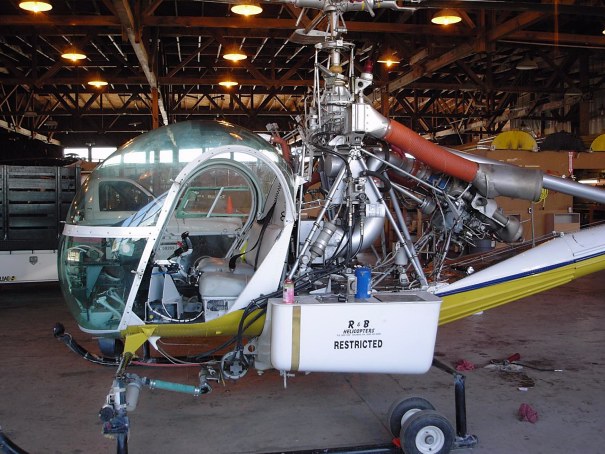
Hiller Soloy Conversion
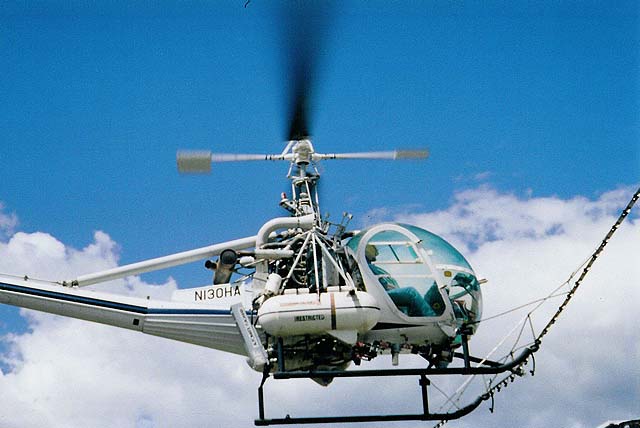
www.alouette3.com
www.americopter.com
|
